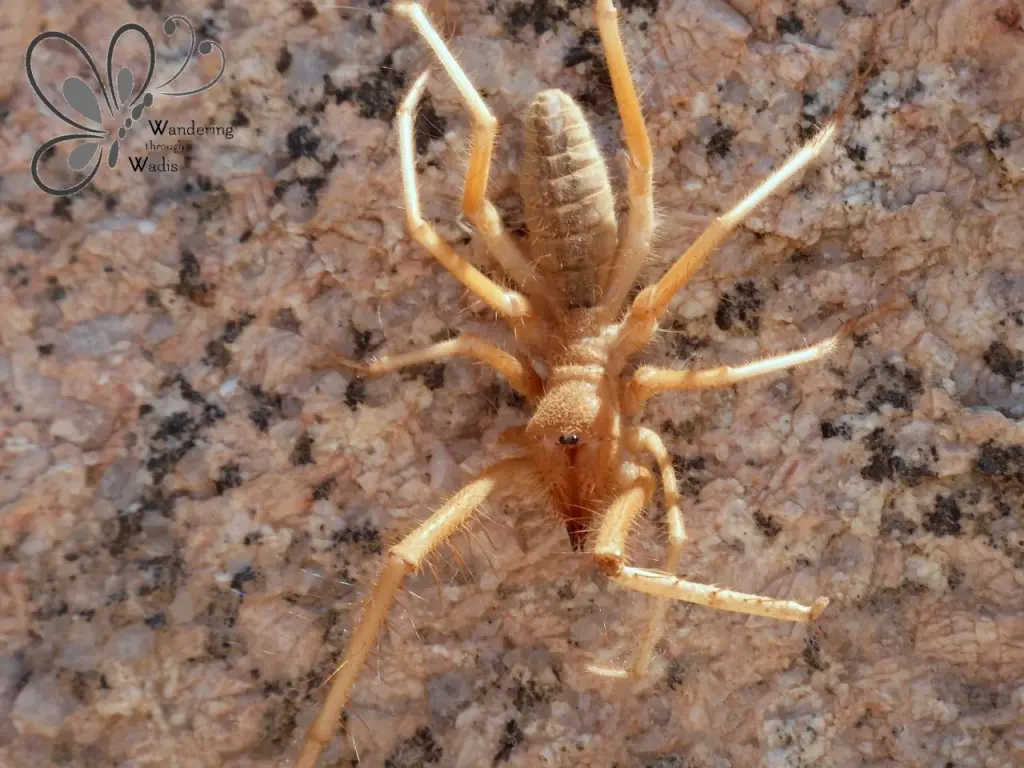Since my guidebook was intended for nature-lovers, not necessarily plant specialists, I took care to define and explain the technical terms used in the descriptions of the plants in my book, choosing simpler English synonyms when possible. But it’s not always possible. So I thought it might be helpful to dedicate a few blog posts to delving into some of these technical terms a bit more, deepening our understanding and looking at some specific examples from our desert plants. And I thought I’d start with the terms used in leaf morphology.
In botany, morphology is the study of the size, shape, and structure of plants. Plant biologists use these characteristics for the descriptions, classification, and identification of plants. Having some understanding of these different characteristics will help you to recognize and identify the plants you see while wandering through wadis.
In leaf morphology, one of the key characters studied is leaf arrangement, the number and placement of leaves along the stems. This arrangement of leaves is called phyllotaxy and we’ll talk today about four general categories – alternate, opposite, whorled, and rosette – although there are various levels and ways of categorizing these patterns.

A node is the point where the leaf emerges from a stem or twig, and arrangement is always regular.
In the alternate pattern, sometimes called spiral, each leaf or leaflet grows from a different node.




In the opposite arrangement, two leaves or leaflets grow per node, on opposite sides of the stem.



If, in this opposite pattern, the successive leaf pairs grow at right angles, it is called decussate. These perpendicular pairs of leaves are typical of plants in the mint (Lamiaceae) family, like the ones pictured below.




In the whorled arrangement, three or more leaves or leaflets are connected at one node. Blepharis attentuata, pictured below, grows whorls of four leaves.

When the leaves of the plant emerge from the base in a whorled arrangement, spreading out in a circle, it is called a rosette.
Understanding the various patterns of leaf arrangement will help you to understand plant descriptions that you read in my book and other sources. And if you come across a plant you do not know, take note of its leaf arrangement (Photos are a great way to document this.) because it could be an important characteristic to consider when identifying the plant. In the next few posts, we’ll learn about other key characters in leaf morphology that will help us identify the plants.
One of my favorite desert plants is the caper bush; its leaves grow in an alternate pattern. I also love germander (Teucrium sp), both for its delicious fragrance and its neat geometrical leaf pattern. Do you recognize these leaf patterns in any of your favorite desert plants?























































